The Benefits of Thermal Drone Inspections: Thermal Imaging Technology in Action
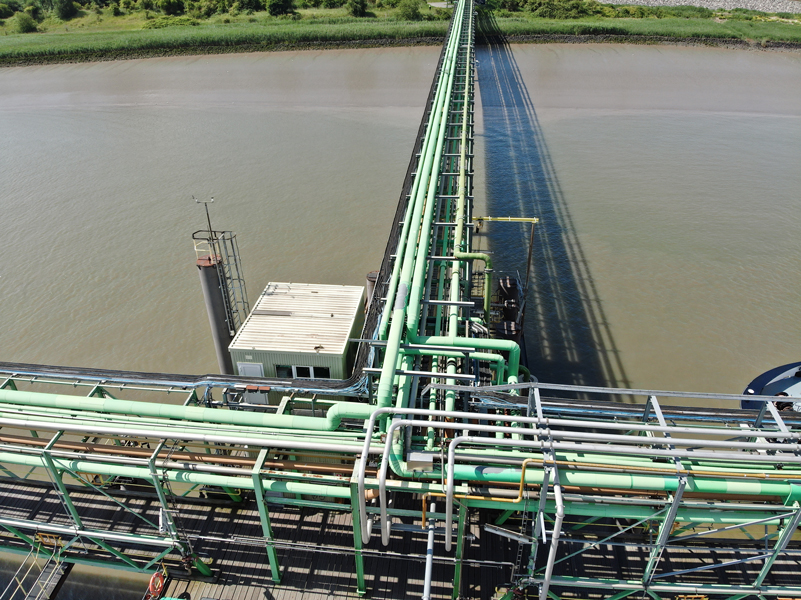
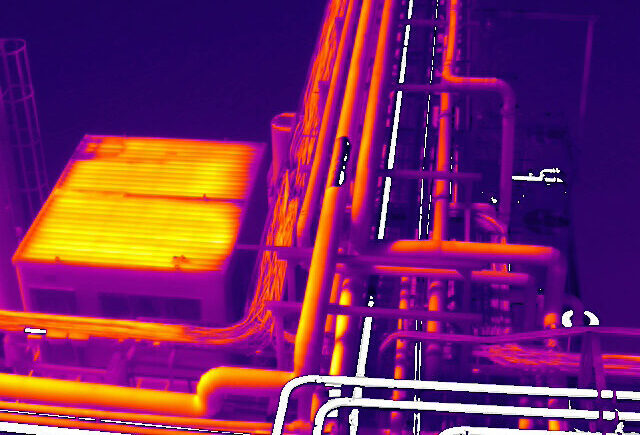
In the modern industry, inspections and monitoring are becoming more efficient thanks to advanced technologies. One of the most exciting developments is the use of thermal drone inspections, combining thermal imaging technology with the versatility of drones. This innovative approach offers numerous advantages and has broad applications in various sectors such as industry, construction, infrastructure, energy, agriculture, and environmental protection. In this blog post, we delve deeper into the world of thermal drone inspections and explore why they are a game-changer.
Thermal Inspections: the importance of thermal Imaging technology
Thermal inspections use thermal cameras to detect infrared radiation and convert it into color images that display temperature differences and heat patterns in objects. This technology is particularly valuable because it can reveal hidden problems and deviations that are not visible to the naked eye.
The role of drones in inspection
Drones have experienced a remarkable rise in recent years, and their versatility makes them highly suitable for inspection tasks. They can quickly and safely reach inaccessible or dangerous areas while simultaneously collecting high-quality visual data.
The best of both worlds: thermographic inspection with drones
When thermal inspections and drones are combined, a powerful and versatile solution for advanced inspections is created. Some applications of thermographic inspection with drones include:
Ducting installation inspection: Drones can map the heat distribution in a ducting installation to identify any blockages or leaks.
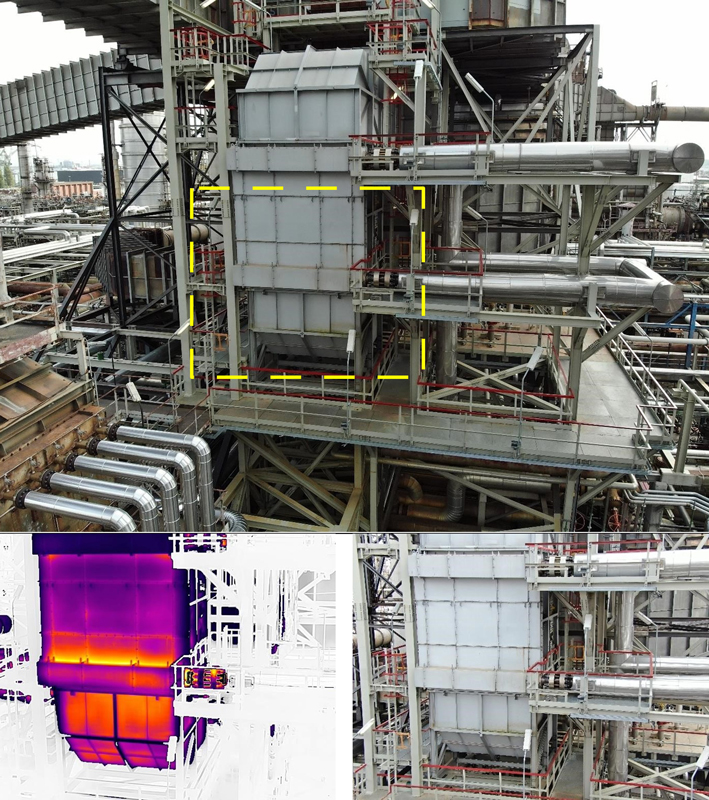
Heat network inspection: The use of drones with thermal cameras enables the detection of inefficiencies and potential leaks in heat networks.

Building inspection: Drones can analyze the thermal properties of buildings, quickly identifying issues such as insulation problems and heat leaks.
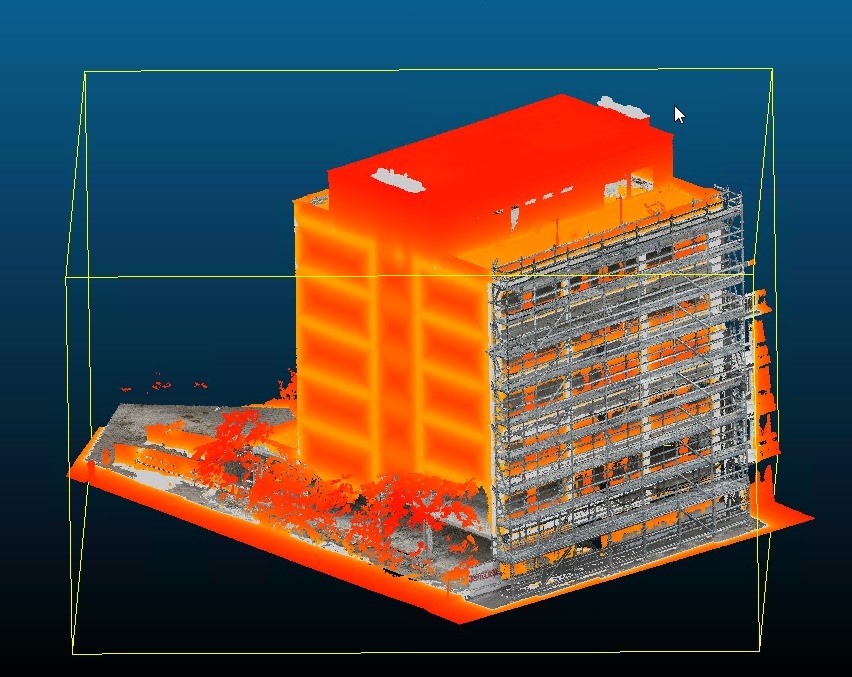
Underground water pipe inspection: Through thermographic inspection, drones can help detect leaks in underground water pipes without excavation.
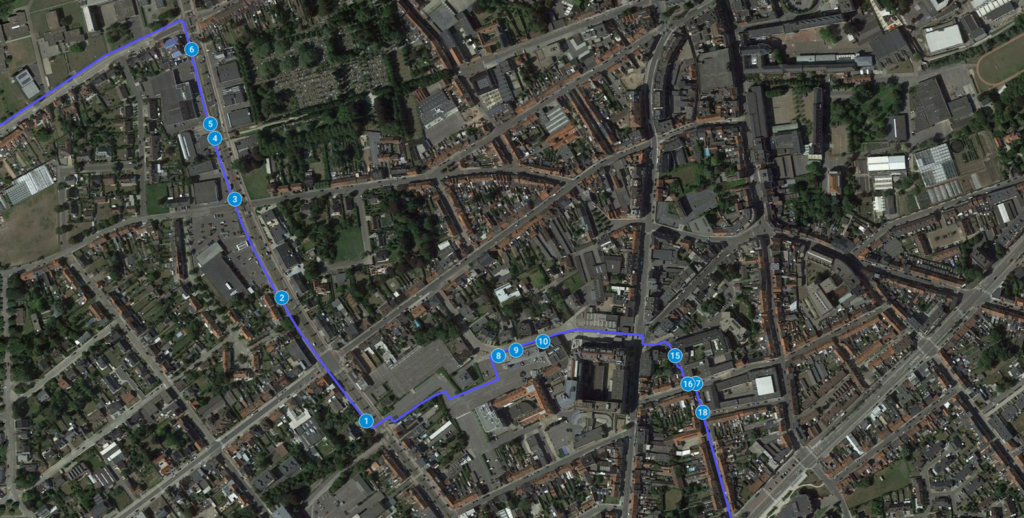
Cold box inspections: Drones can perform thermographic inspections on cold boxes in industries such as petrochemicals to identify potential issues with insulation and temperature control.
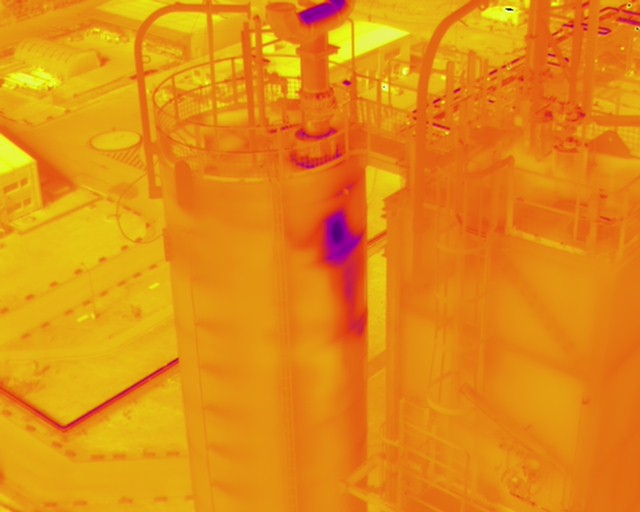
The merging of thermal inspections with drone technology offers an unprecedented opportunity to inspect more efficiently, safely, and cost-effectively across various sectors. Moreover, thermal images can be combined with visual images. This synergy between thermal imaging, visual technology, and drones is expected to continue growing and discovering new applications, allowing businesses to benefit from improved operational processes and a deeper understanding of their activities.


